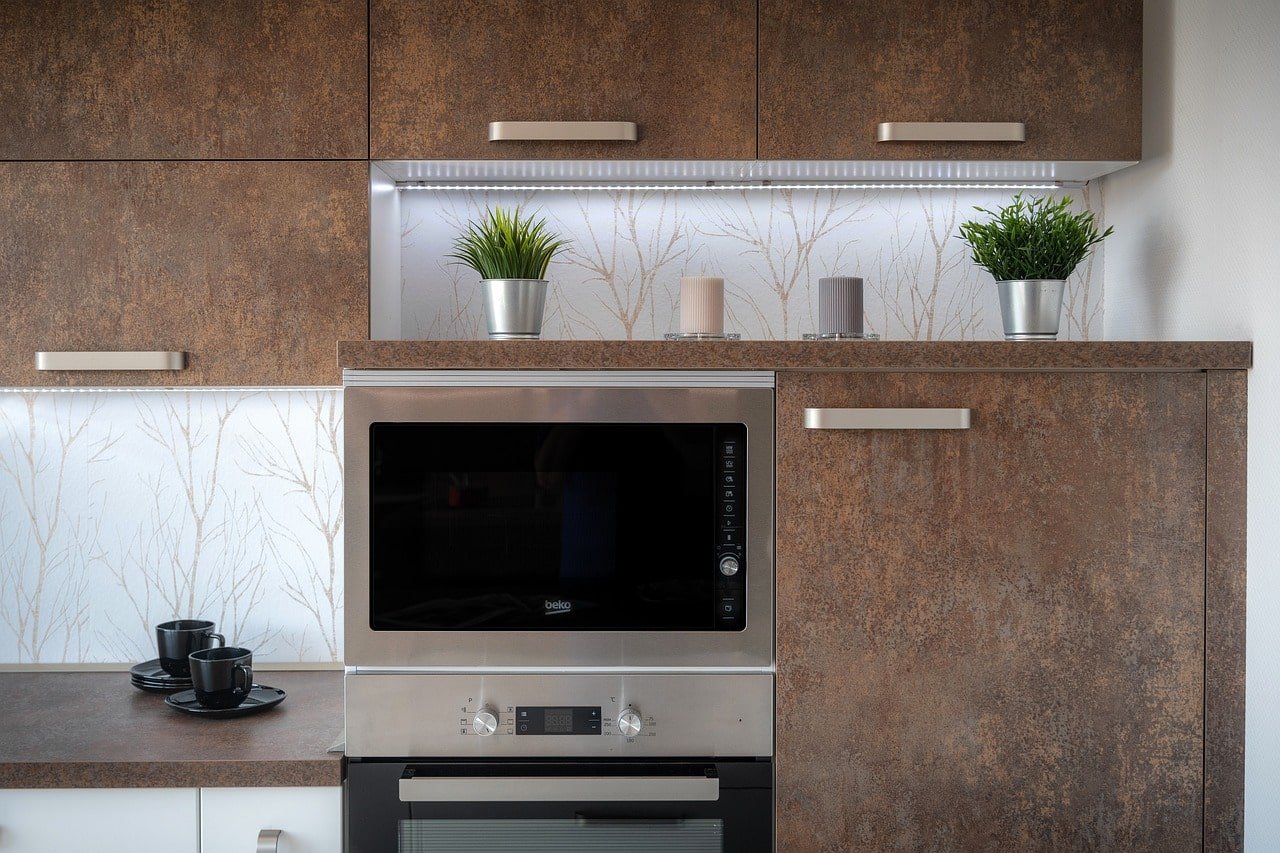Introduction:
Your kitchen is the heart of your home, and the right tiles can elevate both its style and functionality. Whether you’re renovating or simply updating the backsplash, kitchen tiles are a crucial element that can significantly impact the overall look. From durability to aesthetic appeal, choosing the right kitchen tiles requires a balance between practicality and design. In this guide, we’ll help you navigate the various options to ensure your kitchen looks fantastic while standing up to daily wear and tear.
1. Understanding the Role of Kitchen Tiles:
Kitchen tiles are more than just a decorative element. They must be durable, easy to clean, and resistant to heat and moisture. Here are the main areas where tiles are commonly used in the kitchen:
- Backsplash: In the area behind your stove or sink, the backsplash not only protects the wall from splashes but also serves as a focal point. Tiles used here can be a fun, creative way to add personality to your kitchen.
- Flooring: Kitchen floors take a lot of abuse—foot traffic, spills, and dropped pots and pans. Therefore, the tiles you choose for your kitchen floor should be extremely durable and easy to clean.
- Countertops: In some cases, tiles are also used on countertops, especially in rustic or Mediterranean-style kitchens. If you’re considering this, be sure to select tiles that are highly durable and stain-resistant.
2. Popular Materials for Kitchen Tiles:
Different areas of the kitchen require different types of tiles, depending on their purpose. Here’s a breakdown of the most popular materials:
- Ceramic Tiles: Ideal for backsplashes and walls, ceramic tiles are affordable, easy to install, and come in a variety of styles. They’re easy to clean, making them perfect for kitchens prone to spills.
- Porcelain Tiles: Slightly more durable than ceramic, porcelain tiles are often used for kitchen floors. They are resistant to water, stains, and scratches, making them an excellent choice for high-traffic areas.
- Glass Tiles: Often used for backsplashes, glass tiles can create a sleek, modern look. Their reflective quality brightens up the space, making kitchens feel bigger and more vibrant. Plus, they’re non-porous, so stains won’t be an issue.
- Stone Tiles: Natural stone tiles like granite, slate, or travertine add an earthy, organic look to your kitchen. These materials are durable and bring a unique texture to the space, but they may require regular sealing to prevent staining.
- Metal Tiles: Often used as accents, metal tiles (like stainless steel or copper) are gaining popularity for their industrial, sleek look. They’re especially suited for contemporary kitchens and are easy to clean, though they can show fingerprints.
3. Choosing the Right Tile for Your Kitchen Design:
When selecting kitchen tiles, design and practicality go hand in hand. Here’s what you should consider:
- Tile Size: For backsplashes, smaller tiles or mosaics add detail and texture, while larger tiles create a cleaner, more streamlined look. For floors, larger tiles reduce grout lines and make the room feel more spacious.
- Color Scheme: Neutral tones like white, beige, and gray are classic options for kitchen tiles, creating a clean and timeless feel. However, don’t be afraid to inject some color. Bold blues, greens, and even patterned tiles are becoming increasingly popular for backsplashes.
- Durability: In the kitchen, durability is key. Choose tiles that can withstand the wear and tear of a busy space. For floors, this means opting for slip-resistant tiles that are scratch- and moisture-resistant.
4. Kitchen Tile Trends for 2024:
If you want your kitchen to feel fresh and up-to-date, consider these exciting tile trends for 2024:
- Textured Tiles: Adding texture to your kitchen tiles, especially for backsplashes, is a great way to create depth and interest. From 3D patterns to raised surfaces, textured tiles are gaining popularity for their unique look.
- Bold Patterns and Colors: More homeowners are moving away from subtle tones and embracing bold, patterned tiles. Geometric patterns, Moroccan-inspired designs, and vibrant colors can make your kitchen stand out.
- Terrazzo Tiles: Once considered retro, terrazzo is making a big comeback in modern kitchens. This composite material features colorful chips of marble, quartz, or granite and offers a playful, yet sophisticated, look.
- Subway Tiles with a Twist: While classic subway tiles remain popular, new variations like beveled edges, colored grout, or oversized subway tiles are becoming trendy. These twists add a fresh take on a traditional style.
5. Practical Tips for Installing Kitchen Tiles:
For the perfect finish, proper installation is crucial. Here are some practical tips to consider:
- Measure Carefully: Before starting, ensure you’ve measured the space accurately. When tiling a backsplash or floor, misjudging measurements can lead to an uneven look or extra costs.
- Choose the Right Grout: Don’t underestimate the importance of grout. Opt for stain-resistant grout in high-traffic areas, and consider a contrasting grout color to highlight the tile’s design.
- Hire a Professional: Although DIY tile installation can be tempting, hiring a professional ensures a polished, lasting result. A professional installer will ensure that the tiles are cut and placed correctly, avoiding future issues like cracking or warping.
Conclusion:
Kitchen tiles are more than just a functional necessity—they’re a statement of your kitchen’s style. From bold patterns to sleek, minimalist designs, the right tiles can elevate your kitchen’s aesthetic while ensuring durability and ease of maintenance. Whether you’re focusing on a backsplash, flooring, or even countertops, use this guide to help you choose the perfect kitchen tiles for your home.
If you are looking for a professional tiling service, Don’t be too lazy to contact us.
For more information:

